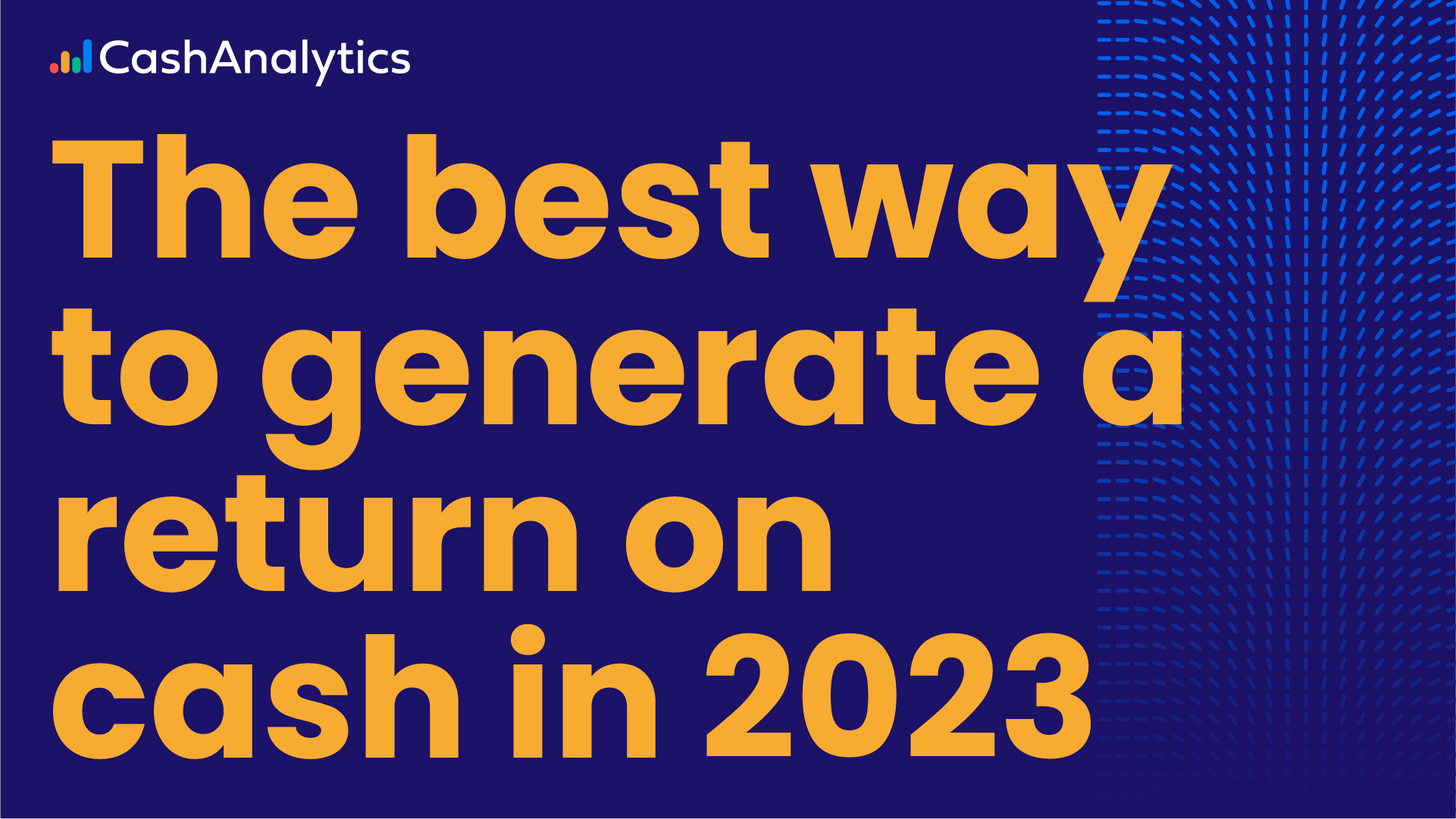
Cash flow forecasting is a vital process to understand the working capital of a business. However, for many large, multinational organisations, the process can be daunting and the end product can be frustratingly low quality. This needn’t be the case. Below, we review a few of the key challenges of cash forecasting and provide workable solutions for how to overcome them.
While challenges such as forecasting unexpected expenditure, capturing unpredictable flows and modelling external influences are common to most companies, large multi-location companies who operate a centralised process encounter a range of other forecasting challenges. From our experience in helping large organisations automate their cash and liquidity forecasting processes we have broken these challenges into five broad categories:
- Education
- Process buy-in and continuous engagement
- Manual administration
- Reporting and analysis
- Other challenges (intercompany etc.)
1) Education
Cash flow forecasting is a process that is heavily reliant on the input of many people across an organisation. These can include cash managers in head office, financial controllers in business units and subsidiaries, and a range of others. The reporting output is therefore dependent on the knowledge of the people contributing to the process. A high-quality output is supported by all personnel accurately inputting the data for each of the cash flows over which they have responsibility.
Time spent educating or training the various personnel involved in the process can help avoid the “rubbish in, rubbish out” problem encountered when there is a knowledge gap.
To improve the knowledge and awareness of the personnel involved in the process, we have seen the following methods make a significant impact:
- In-depth review – In advance of implementing a forecasting process, a review of a company’s historic cash flows can provide a significant amount of insight into the nature of key cash movements, such as receipts from customers and payments to suppliers. Documenting and understanding these flows can provide a solid basis for making future cash flow projections.
- Continuous feedback loop – After the update of actual data flows, ideally the process should incorporate a feedback mechanism to inform users how accurate they have been. As further forecast versions are rolled out this feedback loop continuously drives improvements in data quality.
2) Process Buy-in and Continuous Engagement
Getting buy-in from key personnel helps to overcome many of challenges of cash forecasting. When the process relies on contributions from subsidiaries, business units and other head office departments, ensuring continuous engagement with the process can be challenging. From an operational perspective, this problem usually manifests itself in late or missed reporting deadlines and inaccurate forecast information. This, in turn, increases the workload of the head office function managing the process.
Strategies employed to increase meaningful engagement with a forecasting process include:
- Executive sponsorship – Sponsorship of a cash flow forecasting process by senior management such as the CFO or Finance Director is a critical factor in ensuring the efficient operation of the overall process. Generally, the requirement for a forecasting process will be driven at executive/board level but subsidiaries and process contributors should be made aware of its importance in the eyes of senior management.
- Provide value to contributors – Business units sometimes view the cash flow forecasting process as a black hole of information. There can sometimes be the perception that a significant amount of time is spent compiling and reporting information, but minimal value is obtained at a business unit level. Finding ways to ensure that all contributors obtain value from the forecasting process has shown to improve its overall effectiveness and efficiency.
3) Manual Administration
A multiple currency cash flow forecasting process involving numerous business units and subsidiaries, managed using spreadsheets, can result in significant amounts of manual administration. This manual workload typically centres on the consolidation of spread sheets containing cash flow information, error checking the final reporting output and troubleshooting problems such as intercompany mismatches.
Aside from the administrative workload posed by the process, the amount of manual intervention required to produce a reporting output can compromise the integrity of the output itself due to a lack of process control and audit capabilities.
4) Reporting and Analysis
Current methods employed by companies to manage forecasting processes are heavily focused on administrative tasks and generally offer limited reporting and analysis options.
Improvements in the below areas can have the greatest impact:
- Actual versus forecast analysis – This type of analysis is seen as a key factor in developing an understanding of cash movements. This, in turn, contributes to the knowledge base of the personnel involved in the process.
- Forecast versus forecast analysis – Arguably more important than actual versus forecast analysis, forecast versus forecast analysis can give management an early warning signal with regards to expected changes in future cash position.
- Historical trend versus forecast analysis – Comparing historical trends to projected future cash movements can provide the most intuitive sense-check of the forecast information being reported, while also giving a very quick insight into potential problems.
These types of analysis are greatly aided with the use of various data visualisation techniques, which we discuss in further detail in this post on cash forecasting data visualisations.
5) Other Challenges
A number of other challenges, primarily relating to technical components of a forecasting process, can also provide obstacles in the way of high-quality forecasting. In some cases these challenges are caused by industry or company specific issues. While we don’t have time to review each of these here, please feel free to contact us directly for advice pertaining to your precise circumstances. At a more general level, the two challenges are felt by a wide range of companies:
- Intercompany reconciliation – Reconciling forecast cash movements between intercompany entities can prove particularly problematic for high volume trading companies, such as those engaged in manufacturing activities. In extreme cases, the problem can render the entire forecasting process meaningless. However, more commonly, it requires significant reconciliation efforts and causes administration headaches.
- Linking long and short-term forecasts – Most large organisations maintain at least two cash flow forecasts – a short term forecast (three months or less, split weekly) for day to day planning purposes and a long-term forecast (12 months plus, split monthly) for strategic and long-term planning purposes. Depending on their current processes, this can make it extremely difficult to link short and long-term forecasts, which presents numerous administration and reconciliation problems.
Overcoming challenges with software
All of the challenges listed above can be overcome by building a good cash forecasting process, facilitated and managed through the use of specialised cashflow forecasting software. CashAnalytics has helped a range of companies across many industries to build and maintain best-in-class cash forecasting processes that produce the highest quality reporting and analytics outputs. If you would like to see a demonstration of how automation can overcome these obstacles, please click the “schedule demo” button in the top right corner.
To assist those considering setting up a new process we have written this guide, which outlines how the process can be built and rolled out within six weeks. The guide is based on our experience with a wide variety of clients. However, if you have any questions that relate to your precise circumstances, please do not hesitate to contact us now.




